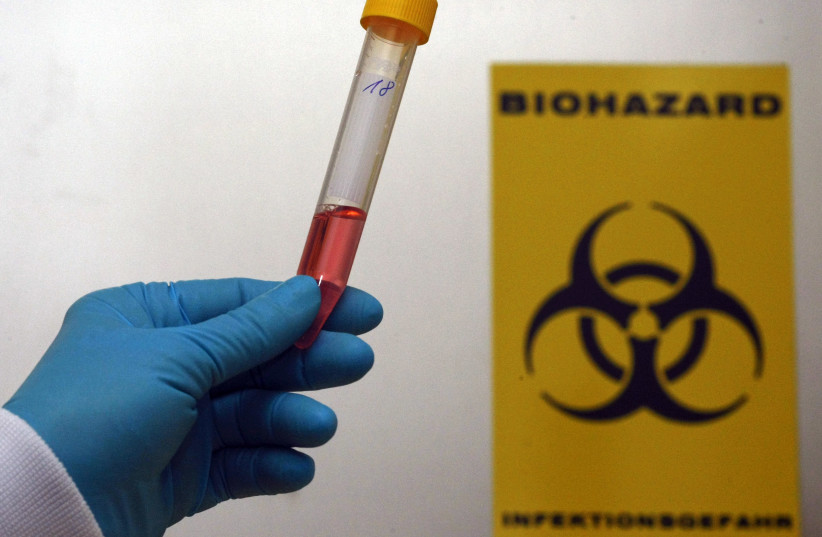A groundbreaking study led by researchers at the University of Pittsburgh School of Medicine has unveiled a previously unknown class of antibodies with the potential to neutralize various forms of the flu virus.
The findings, published in the open-access journal PLOS Biology on Thursday, mark a significant step toward the development of more universally protective flu vaccines.
Traditional flu vaccines stimulate the immune system to produce antibodies targeting a viral protein called hemagglutinin on the surface of invading flu viruses. However, the ever-changing nature of hemagglutinin presents a challenge as the protein evolves over time, giving rise to new flu strains that can elude existing antibodies. The current approach involves annual vaccine updates based on predictions about the most dominant strains expected for the upcoming flu season.
In the pursuit of flu vaccines capable of providing broader protection across multiple strains, researchers have focused on antibodies that can simultaneously neutralize various flu subtypes, such as H1 and H3, known for causing widespread infections.

Conducting experiments with patient blood samples
The team, led by Holly Simmons, addressed a specific hurdle in this endeavor—the 133a insertion, a subtle alteration found in some H1 strains in the hemagglutinin sequence. While certain antibodies could neutralize both H1 and H3, this ability was compromised when the H1 strain possessed the 133a insertion.
Conducting experiments with patient blood samples, the researchers identified a novel class of antibodies that demonstrated the capability to neutralize specific H3 strains and H1 strains, regardless of the presence of the 133a insertion. Distinct molecular characteristics distinguished these antibodies from others that cross-neutralize H1 and H3 strains through alternative mechanisms.
The discovery expands the repertoire of antibodies with potential contributions to the development of broadly protective flu vaccines and challenges the prevailing manufacturing approach for flu vaccines, which predominantly relies on chicken eggs.
The researchers emphasize the significance of their findings, stating, "We need annual influenza virus vaccines to keep pace with continuing viral evolution. Our work suggests that the barriers to eliciting more broadly protective immunity may be surprisingly low. Given the right series of influenza virus exposures/vaccinations, it is possible for humans to mount robust antibody responses that neutralize divergent H1N1 and H3N2 viruses, opening new avenues to design improved vaccines."
This breakthrough offers hope for a future where flu vaccines could provide enhanced and lasting protection against the ever-evolving influenza virus.
